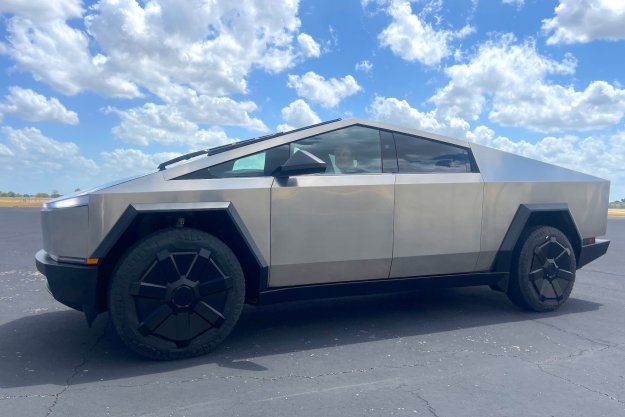George Hotz earned his stripes as Geohot, the man who unlocked the iPhone 3G, notoriously hacked the PS3, and more. Today he’s the brains behind Comma.ai, an effort to freely share the software that lets cars drive themselves. To that end, the group put out a dashcam developer kit in October that analyzes data from the sensors in your car and marries it with your smartphone’s data to ultimately create A.I. smart enough to pilot our vehicles. The openpilot software powering the device took a healthy step forward last week to version 0.4, the company announced on Twitter.
openpilot 0.4 is out, this is what we used on the road trip. https://t.co/KUtAOYhflv
— comma ai (@comma_ai) December 24, 2017
No, openpilot isn’t done, and no it’s not ready for primetime. The camera and its data are just one part of an ambitious effort from Hotz and Comma.ai:
“We’re building out each component that we’re going to need to have a truly consumerized self-drive system and that is where Comma AI is going. We’re not there yet,” he told Engadget in October. Over the summer he unveiled Panda, a dongle that plugs into the ODB port of your car and facilitates getting all that information out. It’s another piece of the self-driving puzzle.

But getting even this far appears to be a labor of love for Hotz, who ran into legal trouble with early efforts to sell a similar device.
Rather than jump through state and federal hoops, Comma.ai decided last December to give away its self-driving retrofit software. Comma.ai’s original plan was to sell the in-car device for $1,000. After the National Highway Traffic Safety Administration (NHTSA) wanted proof that the device was safe, and the California DMV sent a cease-and-desist letter, Hotz pulled it from the market. At the time, Hotz said he was exploring other products and mentioned he was then in China.
Now the software and instructions for building the hardware are available for download on Github. According to the accompanying description, “Currently it performs the functions of Adaptive Cruise Control (ACC) and Lane Keeping Assist System (LKAS) for Hondas and Acuras. It’s about on par with Tesla Autopilot at launch, and better than all other manufacturers.”
Specifically, the Comma.ai setup is supposed to support the 2016 Acura ILX with AcuraWatch Plus and 2016 Honda Civic Touring Edition, again according to the company.
Of course, those who are interested should remain mindful that government regulators have not certified the software as safe for use. Moreover, before you jump to do the download, be aware that Hotz cautions the software is “alpha quality,” which means it’s still an early version that likely needs fixes and more work.
Alpha, in this reference, doesn’t mean top dog, but the first working release, usually preceding a later beta version that still has bugs but is ready for feedback. So don’t expect to download the code elements from Github and be done. Plus, you still have to build the device.
When two Reuters reporters rode along with Hotz on a test drive in September of 2016, at one point the device sensors stopped tracking other vehicles and the car had to be stopped, and both the car and the devices had to be restarted. Freeway on-ramp steering was also beyond the then-current device’s mastery and Hotz had to take over.
So if you have the software and hardware tinkering chops, you can build your own self-driving device and contribute to its development. Just don’t expect it to be easy.



